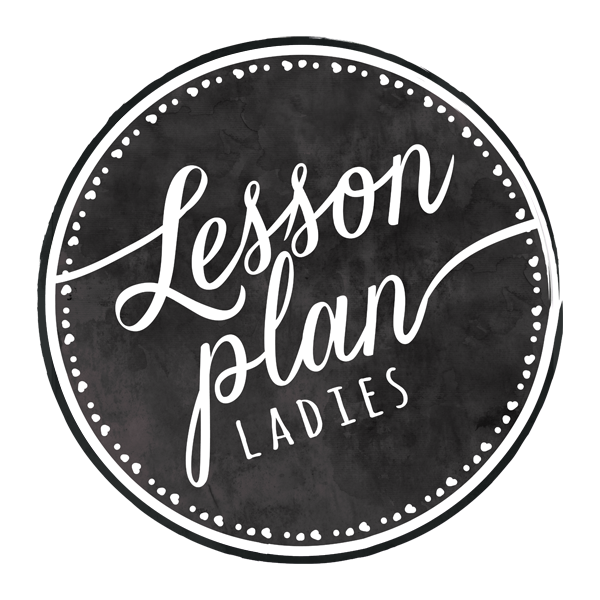Why D’Nealian Handwriting, or Handwriting at All?
/There is an ongoing debate as to whether or not handwriting should be taught in schools due to today’s technologically advanced world. Typing is in, Common Core no longer requires cursive to be taught in elementary grades, and many schools are dropping cursive all together(1). Lesson Plan Ladies believe every student should learn handwriting, and we highly recommend the D’Nealian method.
Handwriting teaches fine motor skills(2), enhances the hand-eye coordination(3), and increases the capacity for optimal brain efficiency(4)…not to mention the fact that there will always be printed forms to read and fill out, historical documents to be read, and signs and banners to be created! An article in Psychology Today states, “Brain imaging studies show that cursive activates areas of the brain that do not participate in keyboarding(5).” So while the debate as to whether or not cursive should be taught rages on, we say, “Teach penmanship! Exercise those little minds!”
We began our own children using the D’Nealian method several years ago, and have never once regretted it. This program system offers a complete audio, visual, tactile, kinesthetic approach to handwriting(6), a claim few other writing programs can boast. We love the fact that 87% of D’Nealian lower case printed letters are the same as their cursive versions, making the transition to cursive writing quick, and nearly effortless. We introduce individual letters (in both print and cursive) in stroke groups, ensuring easy mastery of various letterforms. The goal is not to produce the exact same handwriting in every student; the goal of D’Nealian is legibility. As students grow, they will think less about HOW they write their letters and more about WHAT they are writing.
On the LPL website, you can snag a copy of the Pre-K Penmanship Book, written in D’Nealian font to perfectly coincide with our Pre-K Phonics & Spelling Lesson Plans. Your student will be well on his or her way to writing. Using the D’Nealian method will benefit both teacher and student, and teaching handwriting will reap benefits in your children for years to come.
~meg
(1) Slape, L. “Cursive Giving Way to Other Pursuits as Educators Debate Its Value.” The Daily News, Feb. 4, 2012. http://tdn.com/news/local/cursive-giving-way-to-other-pursuits-as-educators-debate-its/article_c0302938-4f94-11e1-af3a-0019bb2963f4.html
(2) James, Karin H. an Atwood, Thea P. (2009). The role of sensorimotor learning in the perception of letter-like forms: Tracking the causes of neural specialization for letters. Cognitive Neuropsychology.26 (1), 91-100.
(3) “Should students learn cursive? Some states say yes.” TheStarHerald.com, November 16, 2013. http://www.starherald.com/news/nation_world/should-students-learn-cursive-some-states-say-yes/article_fa99d785-7be0-5b87-9de9-26a24b3d9dd7.html
(4) James, Karin H. an Atwood, Thea P. (2009).The role of sensorimotor learning in the perception of letter-like forms: Tracking the causes of neural specialization for letters. Cognitive Neuropsychology.26 (1), 91-100.
(5) Klemm ,William D.V.M., Ph.D. “What Learning Cursive Does for Your Brain: Cursive Writing Makes Kids Smarter.” Psychology Today, March 14, 2013. http://www.psychologytoday.com/blog/memory-medic/201303/what-learning-cursive-does-your-brain
(6) Thurber, Donald. “D’Nealian Manuscript.” http://www.dnealian.com/advantages.html
